
A Legacy That Lasts: Our Journey Becoming a Strip-Till and Cover Crop Farm
Hear Harmon's journey into regenerative agriculture.
Let’s explore what this summer’s cicada brood can bring to your acres.
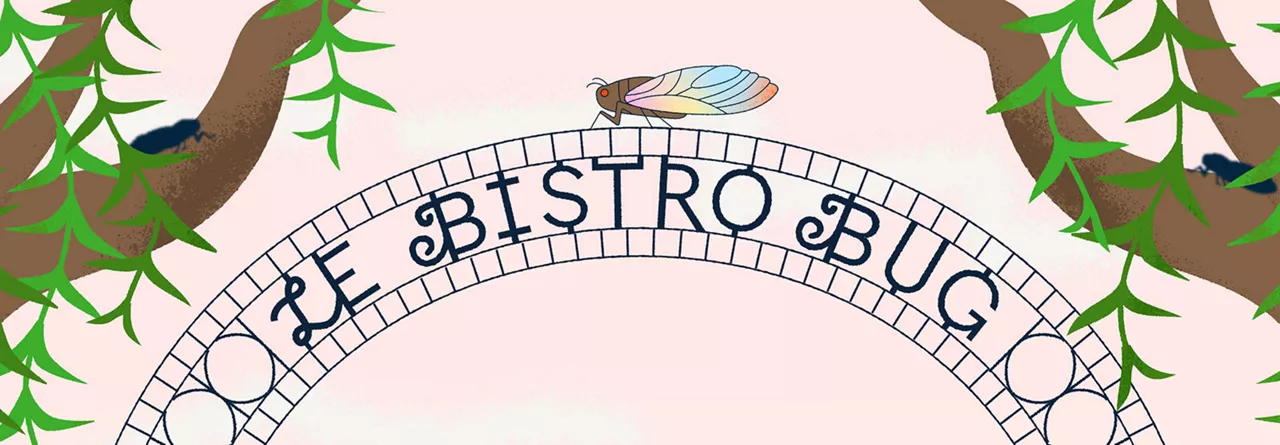
They’ve been waiting in the soil for decades. Cicadas, in patient gestation, live off the tree sap from nearby roots in preparation for a brief moment when they take over fields and forests from city to farmland. This summer, 13-year Brood XIX and 17-year Brood XIII will co-emerge in their respective ranges.1
Are they a threat to your fields? No. You won’t find them munching on corn or soy. But do not discount their arrival. The second-order effects are fascinating and potentially significant. Let’s explore what this summer’s cicada brood can bring to your acres.

Among others, scientists observed dietary shifts in red-winged blackbirds, cowbirds, grackles and European starlings during cicada emergence.
In 2021, during the Brood X cicada’s emergence, many birds did something surprising. Researchers noticed that more than 80 different species started eating cicadas instead of caterpillars.1 This meant more caterpillars were around, and they ended up eating more leaves from oak trees. In theory, this same cause and effect could happen to corn, soybeans, and cotton.2
Birds and other predators will fill their bellies with cicadas. This may lead to pests like the fall armyworm, green cloverworm, or cutworms with fewer predators.
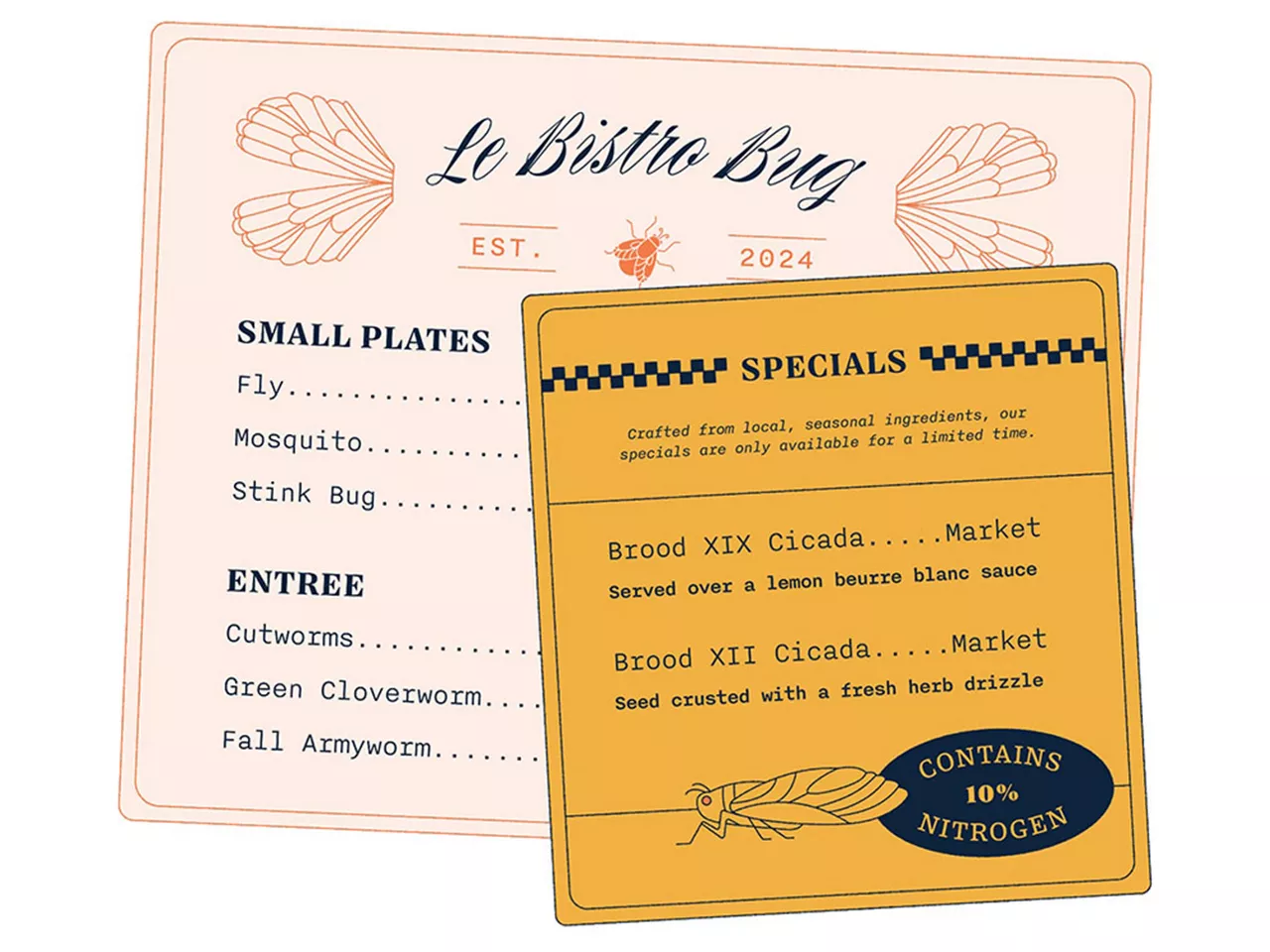
Cicada bodies contain a higher concentration of nitrogen than dead leaves and other typical forest litter.
As you scout your fields both before, during and after the cicada invasion, you can use scouting pins on Climate FieldView™ to document the impact on certain pests. If you planted seed that’s resistant to certain caterpillar predators, this is the year to pay close attention to how it performed. You might want to ask your agronomist about an extra application of insecticide. If you do move ahead with that, it’s always a good idea to make a check strip while you’re collecting application data on FieldView, which will provide extremely valuable information about the cost-benefit of the input.
But by one estimate, only about 15% of cicadas are eaten.3 Which makes you wonder, what will become of the rest of the cicada brood?
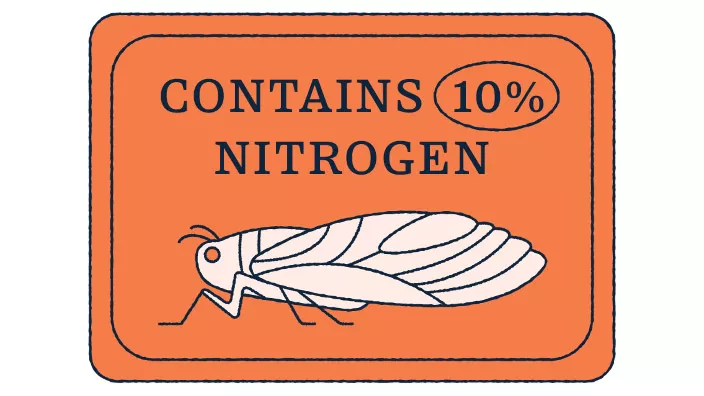
In a study led by Louie H. Yang, a professor at the University of California, Davis, we get a glimpse of how these insects can impact nutrients in soil. According to Professor Yang, cicada bodies contain about 10% nitrogen.4 The mass die-off after mating leads to a significant deposit of organic material, which decomposes and adds nutrients in the soil, aiding plant growth.
As proof, Professor Yang observed that the bellflower plants, a common forest floor species in cicada regions, produced seeds that were 9% larger and had foliage with a nitrogen content 12% higher when cicada carcasses were added to their soil.3 This enhancement in plant vitality underscores a vital ecological process: as cicadas decompose, they release nitrogen gas and other micronutrients back into the soil.
A Bard College Professor, likened cicada shells and decay to pouring a pound of fertilizer per square yard.
Once again, this is another great opportunity to measure the yield impact of cicadas with FieldView. If you have years of past yield data, at the end of the harvest, you can compare and contrast the yield by hybrid, seed treatment, and in this case, cicada brood impact. It’s these kinds of nuanced, non-traditional metrics that can really separate your operation from the rest. And FieldView is always trying to equip you with features that make this possible. It’s not one-metric-fits-all; it’s a tool that helps you uncover the unique intricacies of your acres.
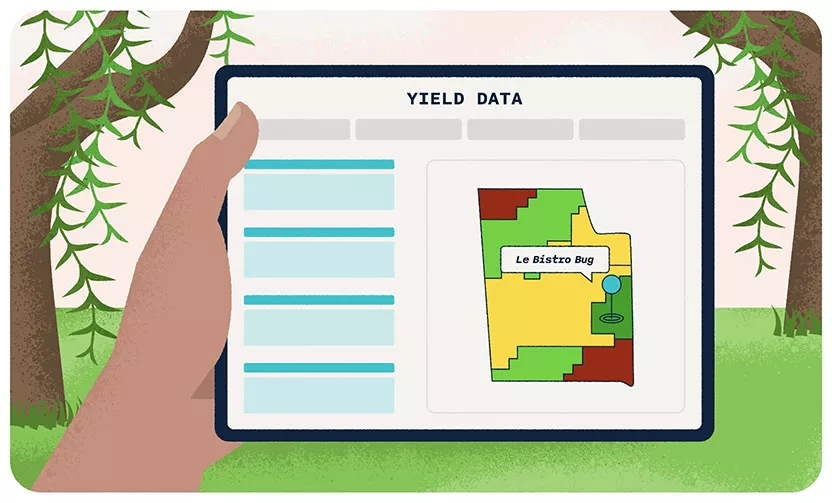
Use a scouting pin on FieldView to mark where cicadas emerged in your fields to analyze later.
Female cicadas cut into tree branches to lay their eggs, which can damage young saplings but generally acts like natural pruning for mature trees, promoting their health and growth. The findings help explain observed increases in tree growth, particularly oak tree-ring growth, in the first four years following a cicada emergence.
So if you planted any new trees this year, you need to take precautions to look after them. But for any established wood-trees, this might even help them thrive in the coming years. Also, take notice that cicadas will likely be more densely populated near these trees, and any rows that are nearby will be impacted even more so by all the elements discussed above.
Being a farmer today isn’t just about sowing and reaping; it’s about understanding and responding to the numerous biological interactions that define our ecosystem through regenerative agriculture.
Using technologies like FieldView, transform natural phenomena into valuable learning opportunities to enhance farming practices. Consider both immediate impacts and long-term implications as you observe, record, and analyze. This informed approach will shape future decisions, develop new strategies, and empower you to adopt practices that boost productivity and sustain soil health.
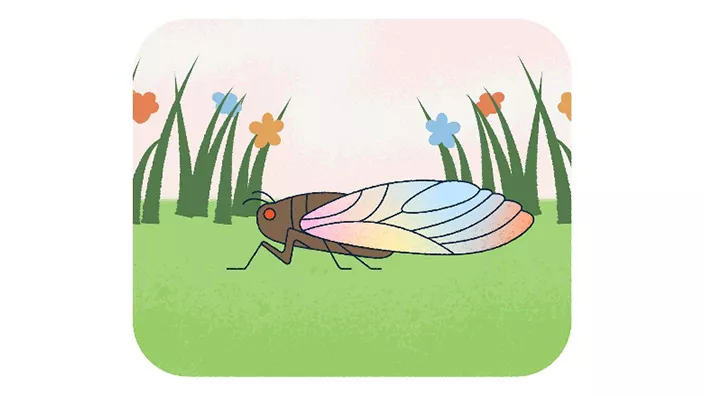
This approach not only makes you a better farmer but also a pivotal player in the broader ecological conversation, actively engaging with nature’s cycles to forge a future of regenerative agriculture.
1 “The 2024 Periodical Cicada Emergence.” University of Connecticut,
2 Wade, Lizzie. “Periodical Cicada Emergence in Illinois.” Wired, Condé Nast,
3 “In death, cicadas boost plant life” NBCNews.com, NBCUniversal News Group,
4 “Brood X Cicadas Could Cause a Bird Baby Boom.” Scientific American, Springer Nature,